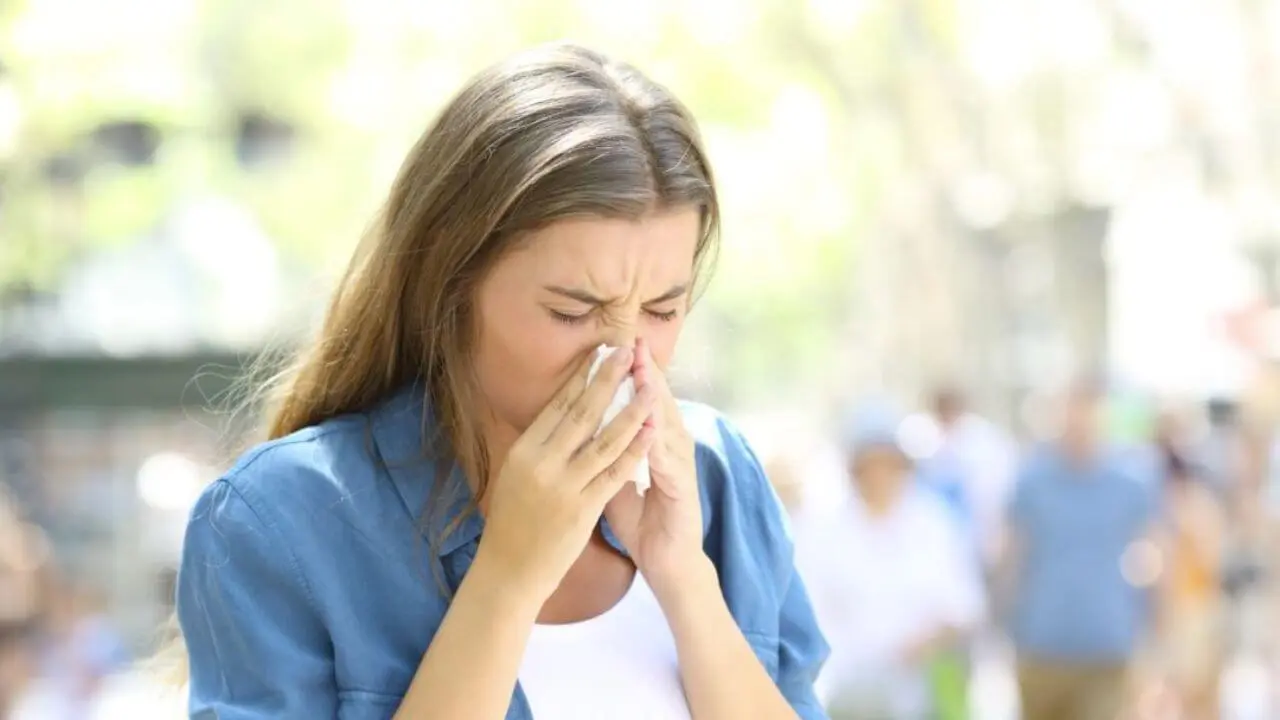

“Prevention is better than cure” this age-old saying holds, and the need of the hour is to prevent the allergies by controlling the allergy trigger factors. Avoiding allergies is the first step towards bringing about a positive change in your life. But you must be wondering what we should avoid to reduce symptoms of allergy in the USA.
People with severe allergies stay indoors to avoid allergy triggers like pollen and mold, but unfortunately, even dust mites, pet dander, and cockroaches aggravate the disease even while staying indoors. In this write-up, we will throw some light on the top 10 allergy triggers in the USA and the ways to avoid them to maintain health and well-being.
1. Pollen Grain:- Pollen grain allergies, also known as hay fever or allergic rhinitis, are prevalent in the USA, affecting millions during high pollen seasons. Common symptoms include sneezing, congestion, and itchy, watery eyes, prompting many to take precautionary measures to minimize exposure.
2. Mold:- Mold spores, released into the air by fungi, can trigger allergies when inhaled. These microscopic particles can cause allergic reactions in susceptible individuals, leading to symptoms like sneezing, coughing, and congestion.
3. Pet Dander:- Pet dander consists of tiny, airborne particles of skin, saliva, and urine shed by animals like cats and dogs. When inhaled or come into contact with sensitive individuals, it can trigger allergic reactions, leading to symptoms like sneezing, itching, and congestion.
4. Dust Mites:- Dust mites, microscopic insects found in household dust, produce proteins that can trigger allergic reactions in some individuals. When inhaled, these proteins can lead to symptoms like sneezing, coughing, and nasal congestion, particularly in those with sensitivities.
5. Insect Stings:- Insect stings introduce venom into the body, and an allergic reaction occurs when the immune system mistakenly identifies the venom as a threat, leading to symptoms ranging from localized swelling and redness to severe, life-threatening reactions known as anaphylaxis.hn
6. Indoor Plants:- Indoor plants can potentially cause allergies through the release of pollen and spores or by harbouring mould in their soil. Additionally, certain plants may produce irritants or allergenic compounds that can trigger respiratory or skin reactions in sensitive individuals.
7. Food:- When the immune system mistakenly identifies proteins in certain foods as harmful, it produces antibodies, leading to an allergic reaction. Symptoms can range from mild, such as hives or an upset stomach, to severe, including difficulty breathing or anaphylaxis.
8. Latex:- Latex allergies occur when the immune system reacts to proteins found in natural rubber latex. Upon contact, the body may produce symptoms ranging from skin irritation and hives to more severe reactions like difficulty breathing and anaphylaxis.
9. Cockroaches:- Cockroaches produce proteins that can become airborne and settle as dust in indoor environments. When inhaled, these allergens can trigger respiratory reactions in sensitive individuals, leading to symptoms like wheezing, coughing, and nasal congestion.
10. Perfumes/Household Chemicals:- Perfumes and household chemicals often contain volatile organic compounds (VOCs) that can irritate the respiratory system and skin.
Follow the below-mentioned steps to avoid allergy triggers in the USA:-
1. Remain Aware About Pollen Levels:- Stay aware of local pollen forecasts, and when there is an upsurge in pollen levels, then you can limit your outdoor activities mainly during high peak times (especially early morning and late afternoon). Also, keep the windows and doors shut during peak pollen seasons.
2. Maintain Good Indoor Air Quality:- Use air conditioners to trap allergens and regularly clean and replace filters.
3. Keep a Check on Humidity Levels:- The indoor humidity levels should be less than 50% to avoid mold growth. You can also use a dehumidifier if needed.
4. Regular Cleaning:- To prevent allergies from dust mites, it is essential to deep clean the entire house with vacuum cleaners and wash the bedding in hot water once a week. Moreover, use washable curtains and avoid wall-to-wall carpets as they become a source of dust mites that aggravates the symptom of allergies such as sneezing, runny nose, and others.
5. Reduce Pet Dander:- If you are a pet lover, it is essential to groom them regularly and keep them out of the bedroom and other areas where you spend most of your time.
6. Limit Mold Exposure:- You must fix any leakages and water damage proactively and clean the areas that are more likely to have molds, like bathrooms and basements.
7. Pick Allergy-Safe Indoor Plants:- You can replace your indoor plants with allergy-safe options such as Spider Plant or Peace Lily.
8. Avoid Tobacco Smoke:- If you smoke, try to quit and limit your exposure to passive smoking, as it can trigger allergies.
9. Wear Allergy-Reducing Masks:- When the pollen count is on the rise, opt for wearing a mask that can filter pollen while performing outdoor activities.
10. Control Cockroaches:- Keep your trash covered and use traps instead of chemicals, as they can aggravate an allergic reaction.
According to the Environmental Protection Agency, there are three ways in which you can improve air quality:
Avoid allergy by following the above-mentioned tips and it is one of the most effective management of allergy in USA. Avoid allergy triggers as limiting the exposure to harmful allergens is the step in treating the annoying allergies.
Sign up to receive our email, delivering the latest stories straight to your inbox.
